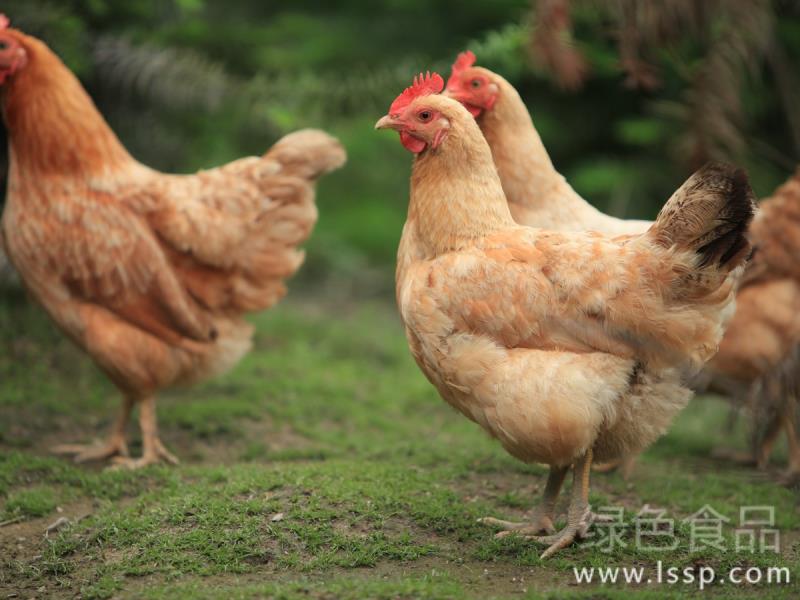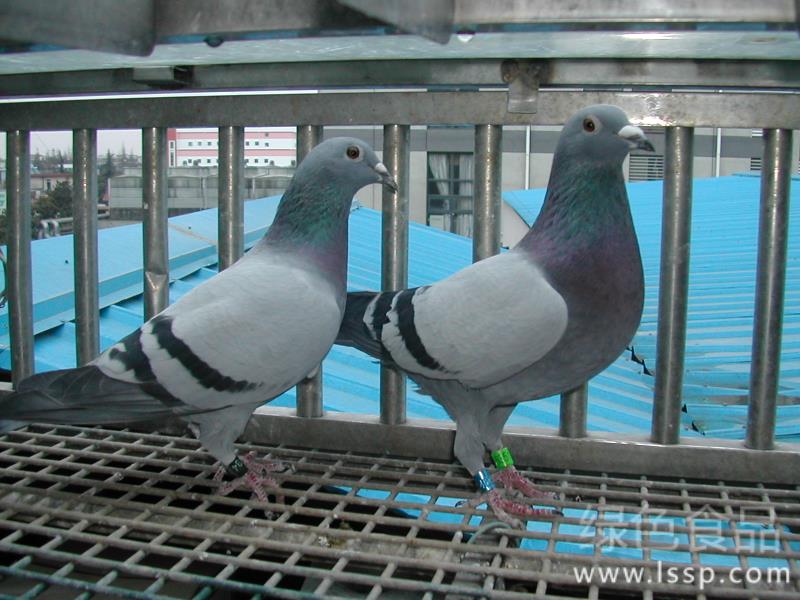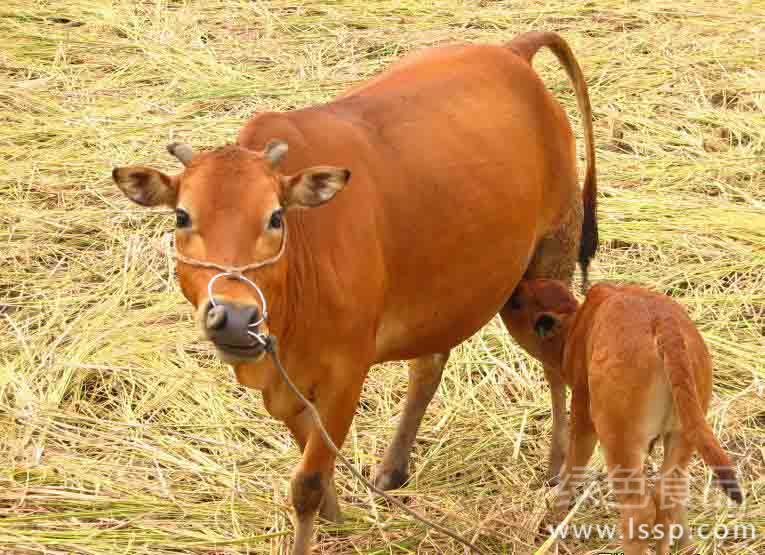How to raise free-range native chickens with low investment and low price in high mountain areas
In the better ecological hills, shallow mountains, grassy slope areas, mainly grazing, supplemented by supplementary feeding way to raise native chickens, low investment, high price, in line with the requirements of green pollution-free food, favored.

Native chicken
I. Mountain selection
Choose pollution-free, far away from residential areas, industrial and mining areas, trunk roads, secluded environment, clean air, preferably shrub forest, thorn forest, broad-leaved forest and other mountain forest, slope should not be too large hills, mountains to raise native chickens.
Second, build a shed
In the stocking area, find a leeward facing sunny flat, use bamboo, bark, colored steel, linoleum, canvas and so on to build a simple chicken coop facing north and south. Plastic sheds can also be built, which can keep heat, block the wind, protect the rain, and avoid stagnant water.
III. Stocking scale
The seasonal stocking scale should be 1000 birds per group, which is too large and inconvenient to manage, and if the scale is too small, the benefit is low. About 100 animals per mu of mountain area is suitable, and the "all-in-all-out system" is adopted when leaving the hurdle. The stocking density is determined by the conditions of mountain woodland, with many shrubs and abundant grass, which can appropriately increase the breeding density of native chicken.
The suitable stocking season is from late spring to Mid-Autumn Festival. At other times, due to the low temperature and the decrease of insects and grass, stocking should be stopped.
IV. Stocking methods
Native chicken breeds can be selected from Sanhuang chicken, native black-bone chicken, Jiuyuan black chicken and Daheng series broiler and so on. 3 like ordinary brooding before 4 weeks of age, choose a room with better heat preservation performance for brooding, and then transfer to mountain woodland for stocking after getting rid of temperature. In order to let the chicks form the habit of looking for food as soon as possible, the chicks should be trained to go up the mountain every morning. Generally two people cooperate, one person whistles in front to open the way, scatter pellet feed, let the chicken follow the looting, the other person behind, drive with a bamboo pole, until all go up the mountain. In order to enhance the effect, the breeder can whistle on the mountain for supplementary food once a day at noon every day. At the same time, the breeders should drive away the native chickens who return in advance in time in the shed, and control the range of activities of the flock, and give up training in the same way until the evening. In a week or so, chickens can establish a conditioned response to "whistling-feeding", and then just whistle and summon.
V. stocking management
In the first few days of stocking, in order to prevent stress, an appropriate amount of electrolytes or multivitamins can be added to feed or drinking water. In order to ensure the quality and safety of native chicken, antibiotics and insect repellents were banned one month before sale.
- Prev

Management relationship of breeding Pigeon Management techniques of growing Pigeon breeding
Management relationship of breeding Pigeon Management techniques of growing Pigeon breeding
- Next

Breeding techniques of poisonous Beef cattle with improper forage treatment in Autumn
Breeding techniques of poisonous Beef cattle with improper forage treatment in Autumn
Related
- On the eggshell is a badge full of pride. British Poultry Egg Market and Consumer observation
- British study: 72% of Britons are willing to buy native eggs raised by insects
- Guidelines for friendly egg production revised the increase of space in chicken sheds can not be forced to change feathers and lay eggs.
- Risk of delay in customs clearance Australia suspends lobster exports to China
- Pig semen-the Vector of virus Transmission (4)
- Pig semen-the Vector of virus Transmission (3)
- Five common causes of difficult control of classical swine fever in clinic and their countermeasures
- Foot-and-mouth disease is the most effective way to prevent it!
- PED is the number one killer of piglets and has to be guarded against in autumn and winter.
- What is "yellow fat pig"? Have you ever heard the pig collector talk about "yellow fat pig"?

